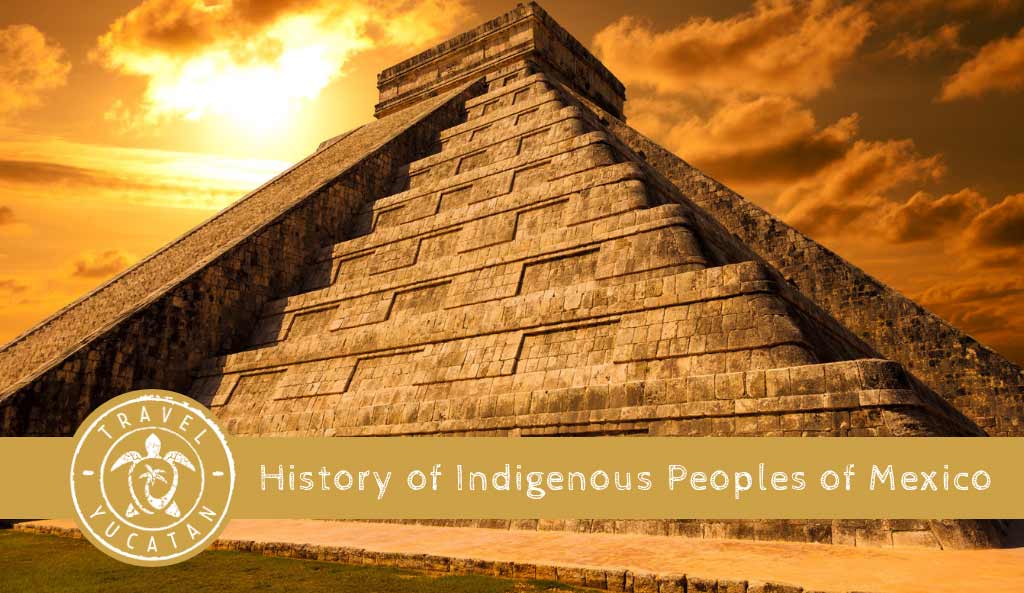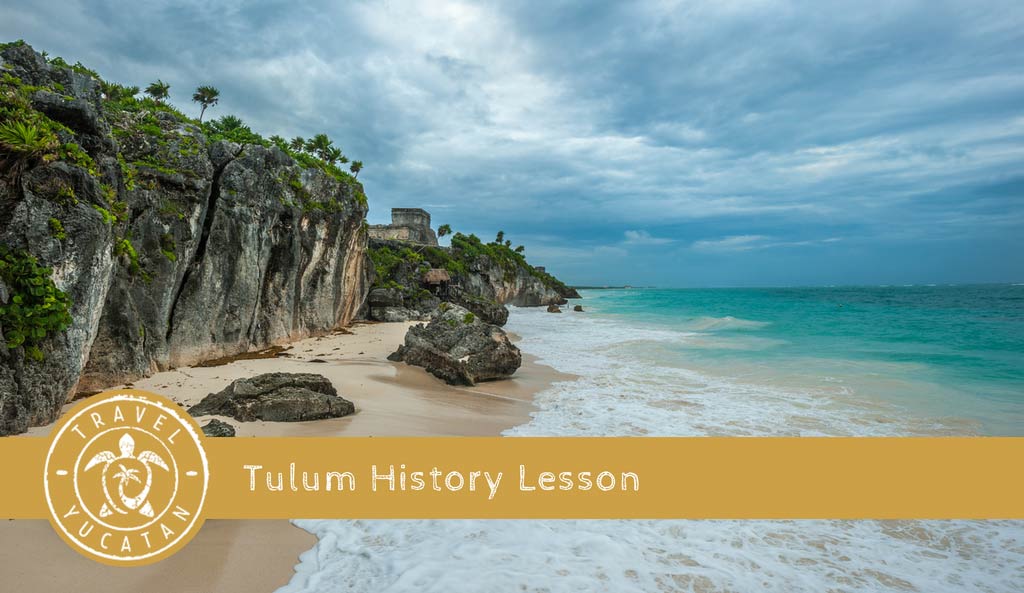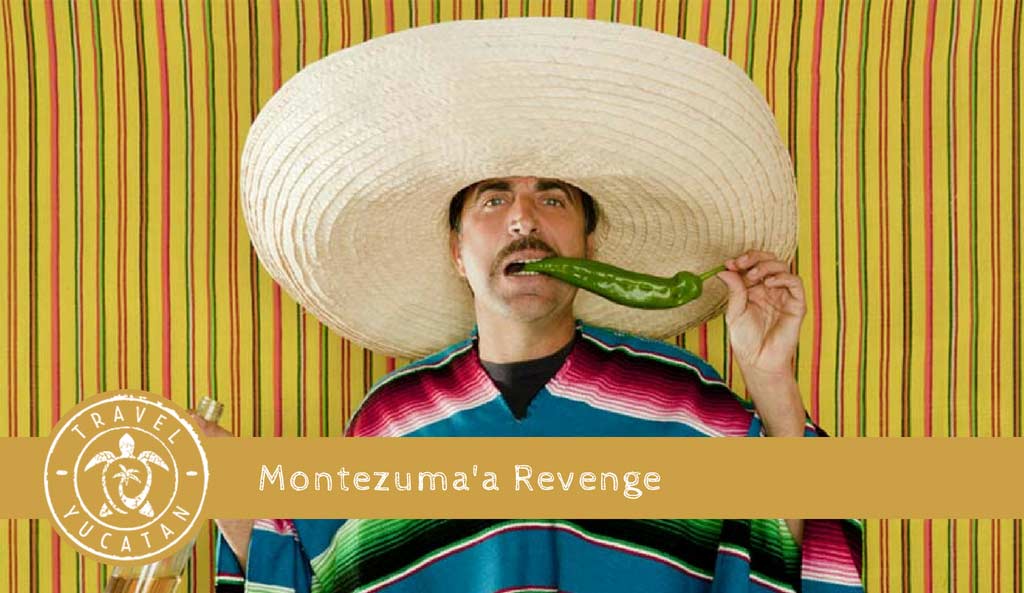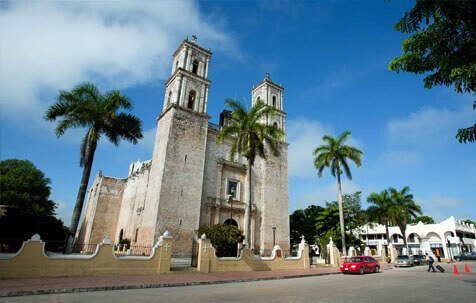
1. There is an abundance of documentation concerning the history of indigenous populations of Mexico prior to the arrival of the Spaniards. These documents were constructed from information about the groups with whom the Spaniards had the most contact and focus on the life and governance of these groups. In comparison, relatively little is known of the hunters and gatherers that for most of the colonial period occupied a marginal position relative to the central political scheme. These peoples, located in the arid part of America, were relegated to colonization by religious missionary orders. The Spanish colonization machine with its array of bureaucrats and administrators was first established in the Mesoamerican region because of its geo-political importance as a central area for decision-making and development of the colonial society.
2. What is commonly known as the Aztec Empire consisted of 38 provinces which paid tribute, and the Empire was, in reality, a rather loose confederation of city-states with different political systems and situations. This confederation of city-states encompassed many different ethnic groups and a diverse array of languages. The cities in the central region consisted of primarily Nahuatl and Otomi speaking populations. To the northeast were the Huastecos, Totonacas, and Mazatecos. To the southeast the Mixtecos, Zapotecos. To the south the Mayas. To the southeast the Tlapanecas and Cuitlatecas. To the west the Mazahuas and the Matlazincas.
3. The consolidation of this confederation of cities and settlements by the Mexicans who exercised their hegemony over these varied peoples, created a class of leaders of which the Tlatoani or Supreme Lord, warriors, and functionaries were a part; a class of businessmen and traders, the pochtecas, who, at the time of the colonization, were beginning to enjoy increasing importance and privilege.
4. The campesinos (or countrymen), whether Nahuatl, Zapotec, or Mixtec, continued their life at the margin of these city-states in their apogee. The campesinos or macehualtzin were all members of a community, with usufruct rights to the land where they established their home and an agricultural plot. The territorial space was called the calpulli or what we now know as indigenous communal area or settlement. This calpulli was characterized by a sociopolitical organization based on a definition of territory, barrio or sometimes kinship.
5. The Spanish colonization produced a phenomenon that on one hand tended to blur the cultural differences of the ethnic groups, while on the other contributing to the persistence of the same groups. These managed to retain their own identities yet with a colonial overlay that gave them an identity imposed by the colonizer ( religious, or subjects to the king, mine of hacienda workers. etc.).
6. With independence the indigenous peoples acquired the same liberties and rights as other segments of the population. Nevertheless, in many cases they were still subject to special laws and rules that kept them in a marginal and inferior situation relative to the white mestizopopulation. With the expansion of the agricultural and livestock frontier, and the development of capitalist relations of production in the field (salaried labor, production of commercial crops, capital investments in agrarian property, and the growth of infrastructure in the rural areas) the indigenous populations suffered a massive despoiling and appropriation of their territories, and many of them were exiled or resettled in less hospitable areas.
7. This was the origin of the emergence of the great latifundios and haciendas, that established themselves in the territories belonging to the indigenous people and in which the indigenous populations were incorporated in systems of servants or clientage (peones acacillados ). The exploitation of indigenous labor and the takeover of their lands generated conflict which erupted in the caste wars such as the Yaqui War in Sonora, or the Caste War in Yucatan in the Nineteenth Century, and which eventually culminated in the Revolution of 1910.
8. The new Constitution of 1917 recognized the land rights of the original occupants under their regimen of customary tenure, and devolved these lands to the original peoples and other rural peasants under a new regimen called the ejido. In the same manner, it sought to foster education, health, and a more active participation in a national economy with the end of eventually incorporating and integrating the indigenous peoples into the national culture.
Table 3.1 Summary of Post-independence Political Movements
| Historical Periods and Dates | National Administration | Public Policies | Impacts and Indigenous Movements |
|
| Agrarian and Economic | Cultural and Educational | |||
| 1857-1910 Liberal Politics 30 year dictatorship |
1857-1880 President Benito Juarez 1880-1910 President Porfirio Diaz |
Initiates the privatization of communal lands.Distributes large blocks of lands to estate owners. Encourages colonization by Italians, Spanish, and French farmers. |
No educational or cultural support to indigenous peoples.Initiates first schools for indigenous peoples. Society appropriates symbols from the past. |
Beginning of the “caste wars” of indigenous groups.Armed rebellion of the Yaqui, Cora, Huichol, Otomi, and Nahuas for land rights. |
| 1910-1930 Revolution National Reconstruction |
1910-1918 Presidents Madero and Carranza. 7 years civil war. Constitutional Reform/ Agrarian Law 1918-30 Presidents Obregon and Calles |
Chaotic division of land in private plots. Expropriate large holdings and recognize comunidades. Create ejidos. Create indigenous affairs bureau in Secretary of Agriculture. |
Initiate ethnographic studies and propose solutions.Create Department of Education and Indigenous Boarding Schools. Assimilation. |
Zapatista movement for land begins in Morelos. Logo is “Land and Liberty.”Sociedad Unificadora de la Raza Indigena (SURI) created. PRI formed. Agrarian reform pressures. |
| 1930-1940 Agrarian peace and industria-lization in Mexico |
Presidents Portes Gil and Cardenas First Interamerican Congress of Indigenists held in Mexico. |
Agrarian reform carried out and give millions of has. to ejidos and comunidades. Create Bank for Ejido Credit. |
Create INAH (1938); Dept. for Indigenous Affairs as a Ministry. 33 indigenous regions and boarding schools. Propose use of indigenous language in school system. |
Students in boarding schools form Supreme Council of the Tarahumara (CSRT). Establish regional congresses of other groups. National Peasant Confederation formed in PRI. |
| 1940-1970 Consolidation of the Revolution and modernization of country. |
President Avila Comacho, Aleman, Ruiz, Cortinez, and Diaz Ordaz. Construct large dams and other infrastructure. |
Through period, continue to give reform lands. In 1948 create INI and 11 regional centers. Theory of assimilation and cultural integration. Create indigenous patrimony of Yaqui in Mexquital valley. |
In 1963 introduce bilingual education as means to develop indigenous peoples and assist assimilation process. Experiments in the 11 regional centers. |
Sign agreements with Yaquis and other groups. Resettlement of indigenous peoples due to infrastructure. Create National Confederation of Youth and Indigenous Communities (CNJCI). New organizations arise (CCI, UGOCM, CAM). 1968 student movement. Guerrilla movements start in Chihuahua, Guerrero, Oaxaca, and Mexico City. |
| 1970-1980 | Presidents Echeverria and Lopez Portillo |
Twelve million hectares of land is given in land reform. 60 new INI centers created for national coverage. Large development programs like PIDER, FIDEPAL, Plan Huicot, and COPLAMAR. |
Create Department of Indigenous Education and recognize value of bilingual education. Create centers for study of social issues and indigenous issues in CIESAS and CONAFE. |
First indigenous congress in Chiapas in 1974. CNC and government organize First Congress of Indigenous Peoples in Michoacan. National Confederation of Indigenous Peoples (CNPI) created after 1975 Congress. Organize National Association of Indigenous Bilingual Professors. |
| 1980-1990 Initiate NAFTA dialogue and neoliberal reforms. Theories of marginality and poverty emerge. |
Presidents Lopez Portillo, De la Madrid and Salinas |
Slow down of land reform programs. Development Programs like Solidaridad are consolidated to attend marginality and poverty issues. Reduce or cancel agrarian support programs like INMECAFE, CONASUPO,BANRURAL, FIDEPAL. |
Expansion of bilingual education coverage. Expand Popular Culture programs for indigenous cultural heritage. Establish radiotrans- mitters in indigenous areas for transmission in local languages. |
Conflict in Huasteca with new indigenous political organizations against state governments. New producers organizations emerge to respond to fewer support programs. Multi-party alliances start to emerge. Many NGOs emerge to provide assistance in rural areas. |
| 1990-present Consolidate neoliberal model. 1994 economic crisis with rapid recovery but persistence of strong inequality. |
Presidents Salinas and Zedillo | The reform of Article 27 of the Constitution by President Salinas permits transaction of ejido land and the subsequent land titling program (PROCEDE) of the Zedillo administration seeks to complete the land regularization and agrarian reform process. Solidarity program developed with new coverage of Municipal Funds. Oaxaca initiates a process of developing the Indigenous Peoples and Communities Rights Law. |
1992. Modification of Article 4 of the Constitution. New intellectual movements to recognize indigenous identity. Political parties begin to adopt a new discourse on indigenous affairs. |
Emergence of peasant confederations in all political parties. Politicization of indigenous movements to promote legal reform. 1994-armed rebellion in Chiapas. 1996 San Andres accord signed and autonomous municipalities start to form. |
Billie De Walt and Martha Rees with Arthur Murphy. The End of Agrarian Reform in Mexico. Transformation of Rural Mexico, No. 3. Ejido Reform Research Project. Center for US Mexican Studies, UCSD, 1994.
Jorge Luis Ibarra Mendivil. Propiedad Agraria y Sistema Politico en Mexico. Colegio de Sonora, 1989.
Juan Pedro Viqueira y Mario Humberto Ruz. Chiapas:Los rumbos de otra historia. Mexico, UNAM y CIESAS, 1995.Table 3.2 Short Summary of International Events
and Impact on Indigenous Political Movements
| Dates | Events | Recommended Policies | Impacts |
| 1940 Patzcuaro, Michoacan |
Interamerican Indigenous Congress promoted by countries of region. |
To respect and protect indigenous peoples for their development. Creation of national institutions for indigenous development. |
Create the Indigenist Institute of Latin America in Mexico City as result of Congress. Create INI in 1948. |
| 1949 UNESCO Paris, France |
1951 Create Regional Center for Basic Education in Latin America (Michoacan) |
Train specialized education professionals for indigenous education. |
Influence the educational politics in the Continent. |
| 1959-1968 OAS, Washington, D.C. |
Organization of American States formulates an Applied Social Science Program in Mexico. |
Train Anthropologists and other Applied Professionals in the region. |
Professionals work in INI and indigenous education and work with indigenous organizations. |
| 1957 and 1989 International Labor Organization (ILO). |
Convention of 1957 (107) for indigenous and tribal peoples and Convention of 1989 (169) |
Respect for indigenous culture and rights to indigenous identity and customs. |
Mexico ratifies Convention 169 and approves this as a law. Indigenous groups begin to make demands for implementation. |
| 1962-65 Second Vatican Council, Rome |
Vatican promotes liberation theology and organizes missions. |
Promote indigenous rights through activities of church authorities and leaders. |
Church organizes indigenous peoples and a process of reflection, especially in Chiapas. |
| 1994 United Nations, New York. |
Project for Global Declaration of Indigenous Peoples Rights. |
Commission of Human Rights recognizes the urgent necessity of respecting indigenous rights, lands, and cultural resources. |
The impact is made on national and state laws, through reforms related to the Article 4 of the Constitution. |
| 1992 Interamerican Development Bank. Madrid, Spain. |
Creation of the Indigenous Fund (Fondo Indigena) in Bolivia with IDB support. |
Establish a mechanism for channeling resources and technical assistance to indigenous communities and their organizations. |
Mexico subscribes to this convention and provides financial resources for human development. World Bank creates Indigenous Peoples Training program with IDF Funds. |
Instituto de Ecologia, UNAM







